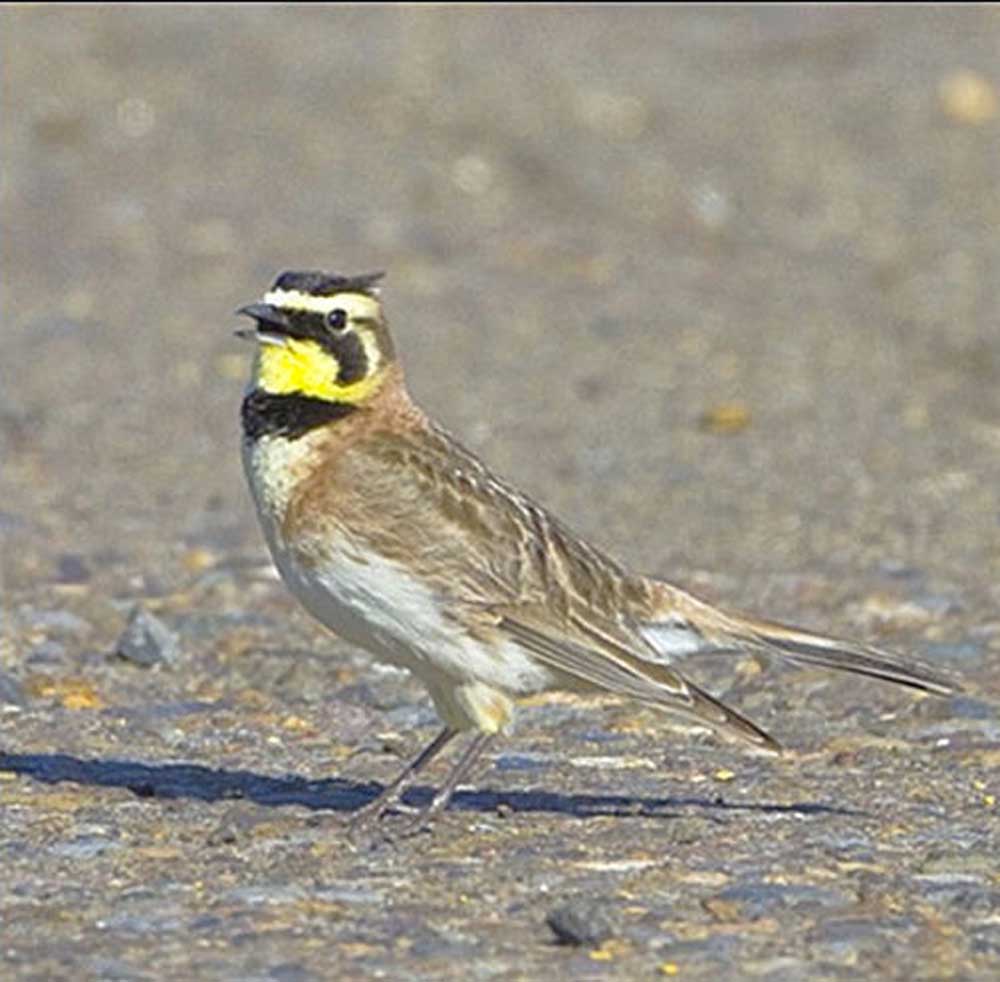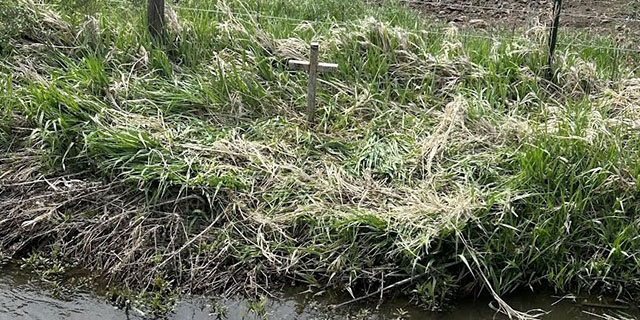Streaked horned lark recovery will cost millions
Published 10:45 am Wednesday, November 6, 2019

- The streaked horned lark, found in the Willamette Valley and southwest Washington, will cost $22.9 million to $81 million over 25 years to recover, the U.S. Fish and Wildlife Service estimates in a plan announced Oct. 30.
The streaked horned lark, a ground-nesting songbird partial to farm fields and found in the Willamette Valley and southwest Washington, will cost $22.9 million to $81 million over 25 years to recover, the U.S. Fish and Wildlife Service estimates in a plan published in the Federal Register.
About 1,500 larks are in the two states, and the agency hopes to up the number to 5,725. The price tag will depend on whether federal, state and private organizations lease or buy habitat, mostly from Oregon farmers.
“The largest area of potential habitat for streaked horned larks is agricultural land in the Willamette Valley,” according to the draft recovery plan. The department will take comments on the plan until Dec. 30.
The lark was listed in 2013 as threatened under the Endangered Species Act. The USFWS enacted a special rule that protects farmers and ranchers from prosecution if they accidentally harm a lark while doing routine agricultural activities.
The new recovery plan proposes to retain the rule. USFWS reasons it will encourage farmers to keep spaces open.
According to the plan, the next step toward recovery is to develop incentive programs that encourage producers to provide habitat for larks, perhaps by grazing or field burning.
Larks were more abundant when natural fires burned the landscape. Larks benefited when Oregon grass seed farmers were allowed to burn their fields, according to USFWS.
“The decline of the streaked horned lark in the Willamette Valley is correlated to the reduction in field burning,” the plan states.
The conversion of grass-seed fields to other crops, such as blueberries and hazelnuts, also reduces lark habitat.
In Washington, larks are known primarily at airports, on dredge spoils and artillery ranges at Joint Base Lewis-McChord. Like burning, bombing creates lark habitat, according to USFWS, though exploding shells have been known to cause what the agency calls “nest failure.”
While the agency works on a recovery plan, the lark is the subject of a federal lawsuit brought by the Center for Biological Diversity. The center is suing to change the lark’s status to endangered and to end the special rule for agricultural activities.
U.S. District Judge Michael Mosman in Portland ruled in June in the center’s favor and ordered USFWS to reconsider the rule and the lark’s status. He set a deadline for March 2021. Meanwhile, the rule and the lark’s status are unchanged.
The Interior Department appealed Mosman’s ruling this month to the 9th U.S. Circuit Court of Appeals.
The American Farm Bureau, Oregon Farm Bureau and Oregon Seed Council have intervened in the lawsuit on the government’s side.
Streaked horned larks once nested in the swath of land stretching from British Columbia to California. The birds are unknown now north of Seattle and south of Eugene. Most larks, about 1,100, are in the Willamette Valley. The goal is to boost that number to 4,500.
The agency estimates there are 252 larks in the Interstate 5 corridor in southwest Washington and 167 along the Lower Columbia and on the coast. The goal is to increase those numbers to 700 and 525, respectively.
The agency does not consider re-establishing larks in northwest Washington or southwest Oregon necessary for recovery.
Climate change could help larks if drought kills trees and prairies expand, according to a biological assessment of the species. On the coast, however, rising sea levels could disturb lark habitat.





